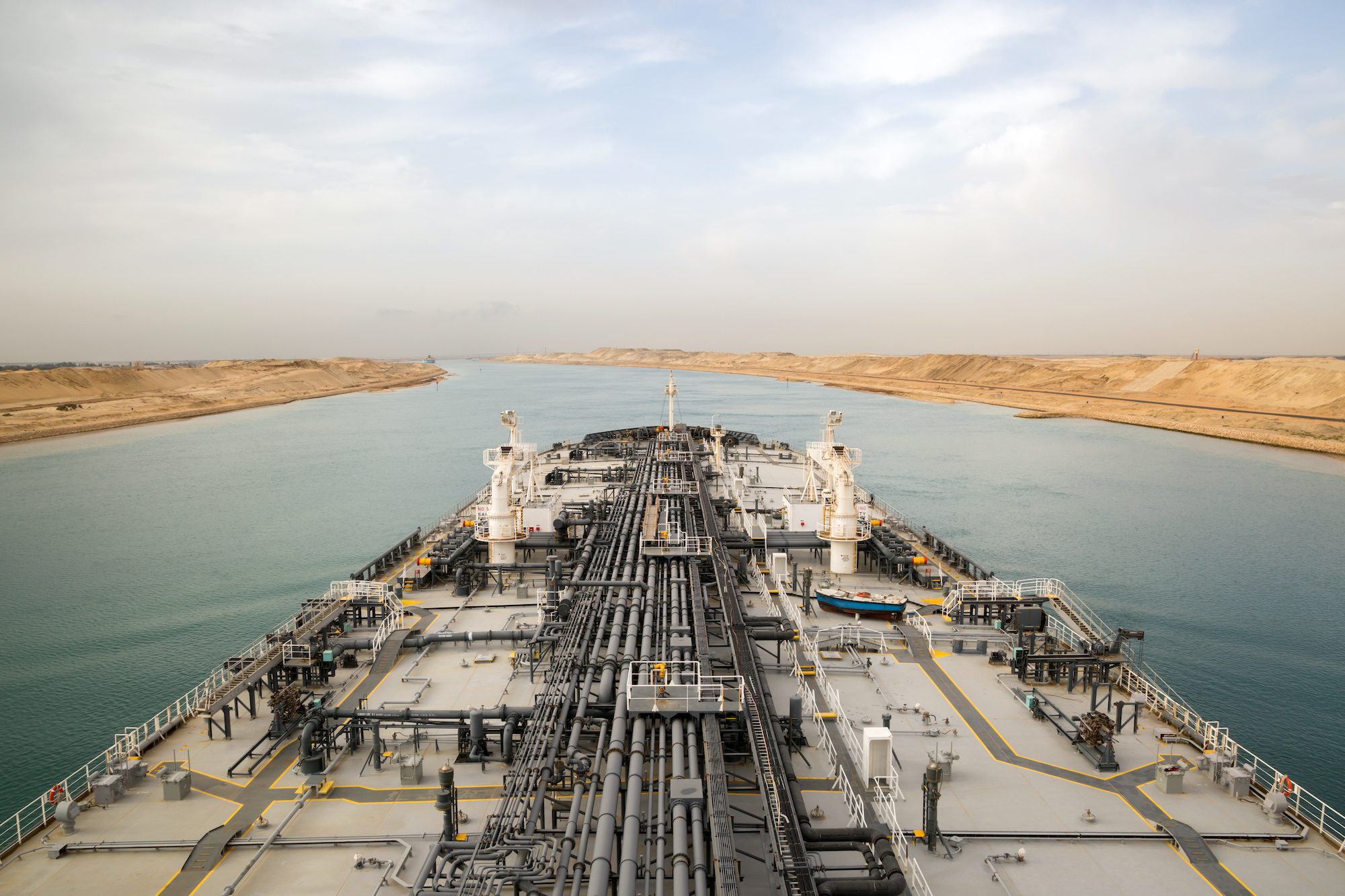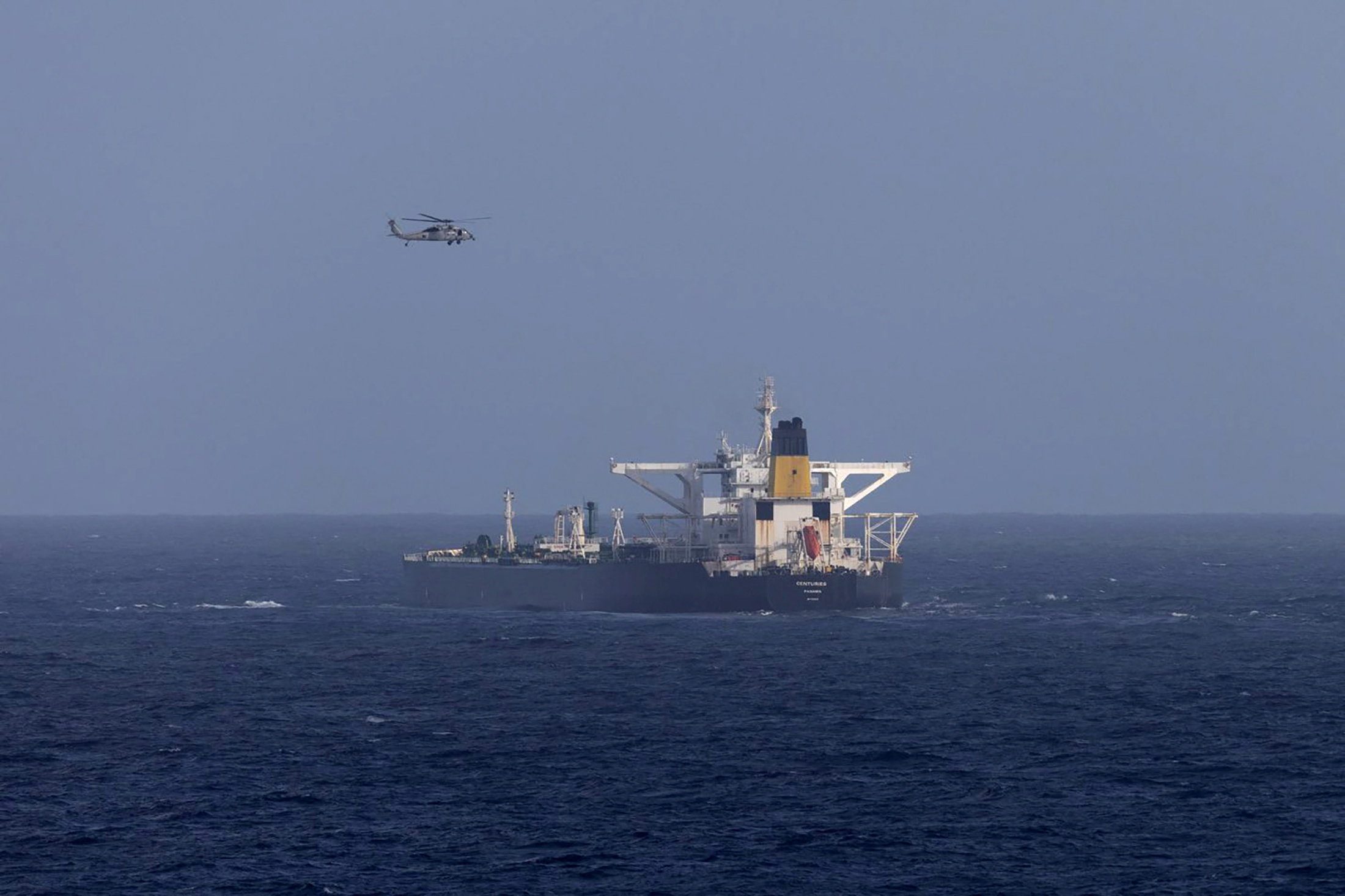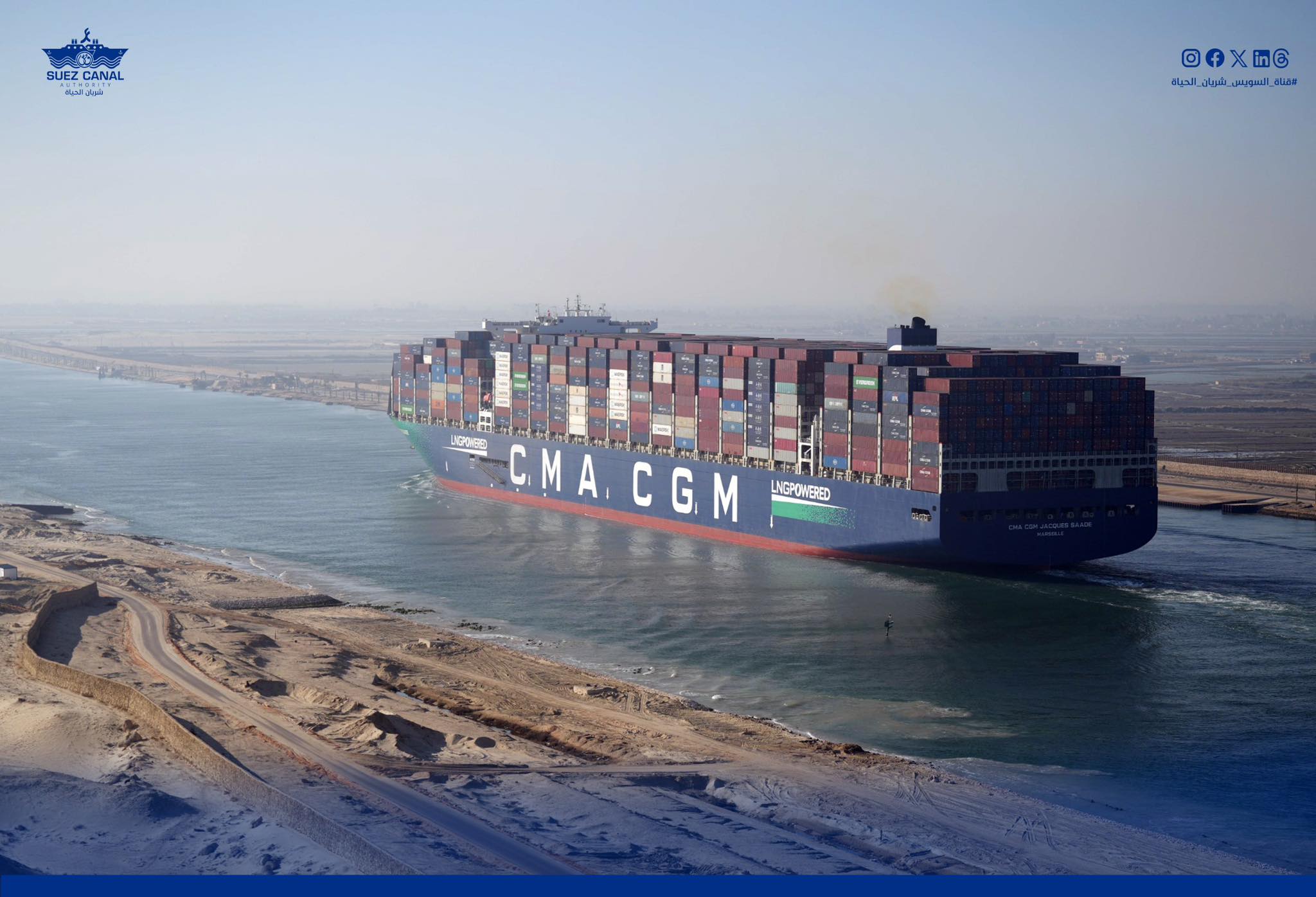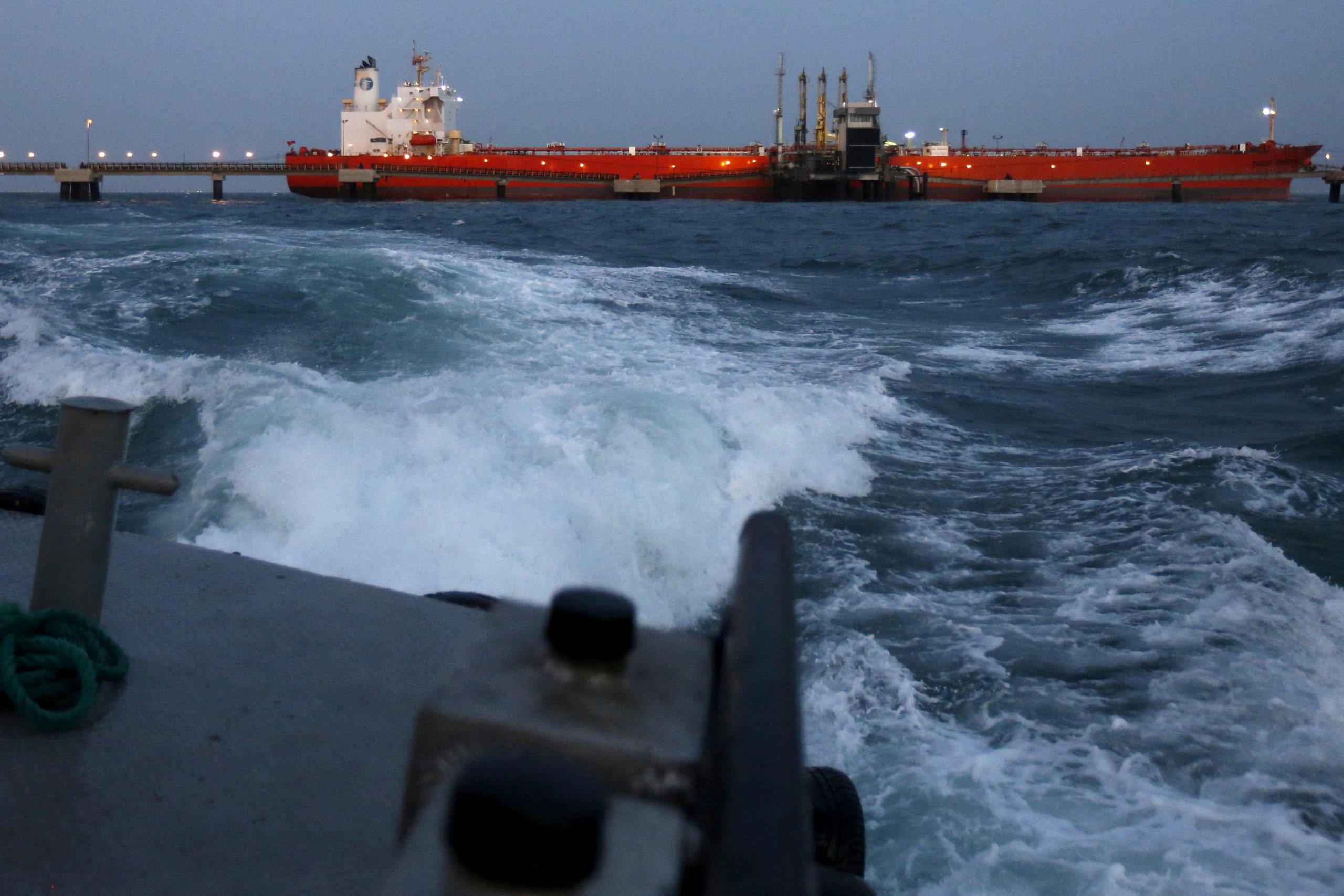LONDON, Jan 19 (Reuters) – The Brent crude market structure and some physical markets in Europe and Africa are reflecting tighter supply resulting partly from concern about shipping delays due to vessels avoiding the Red Sea, according to traders, LSEG data and analysts.
The disruptions have combined with other factors such as outages and rising Chinese demand to increase competition for crude supply that does not have to transit the Suez Canal, and analysts say this is most evident in European markets.
In a sign of tighter supply, the structure of the benchmark Brent crude futures market hit its most bullish in two months on Friday, as tankers diverted from the Red Sea following air strikes by the United States and Britain on targets in Yemen.
“Brent is the most impacted futures contract when it comes to Red Sea/Suez Canal disruptions,” said Viktor Katona, lead crude analyst at Kpler.
“So who suffers the most on the physical front? Undoubtedly, it’s European refiners.”
The premium of the first-month Brent contract to the six-month contract LCOc1-LCOc7 rose to as much as $2.15 a barrel on Friday, the highest since early November. This structure, called backwardation, indicates a perception of tighter supply for prompt delivery.
The nearby month of the U.S. crude market CLc1-CLc2 shifted into a backwardation this week, albeit a shallower one than for Brent, reflecting nearby tightness.
In the North Sea crude market, the differential of Forties crude to benchmark dated Brent BFO-FOT has reached the highest since late November and the prices of some other grades considered a local alternative to Middle East crude have soared.
The price of Norway’s Johan Sverdrup crude, an alternative to medium sour Middle East crude, started to jump in December and has risen more in January, trading at a $2.80 premium to dated Brent, up from a more than $2 discount before the disruptions.
The rise in Johan Sverdrup demand could be at least partly linked to worries around delays to Middle East crudes arriving in Europe, trading sources said.
RED SEA CAUSING DELAYS
Less Middle Eastern crude is heading to Europe. The volume going to Europe from the Middle East nearly halved to about 570,000 barrels per day in December from 1.07 million bpd in October, Kpler data shows.
“The Red Sea issues are causing delays so refiners need to cover back locally,” a trade source said. “The market is tight with the loss of barrels from the Gulf,” another added.
In Asia, the average spot premiums for Middle Eastern oil benchmarks Dubai, Oman and Murban have rebounded, bolstered in part by supply disruption concerns. U.S. crude differentials have yet to show any impact, trading largely in a range this year.
Azeri Light BFO-AZR crude, produced in the Caspian Sea and sold to Europe as well as the United States and Asia, has also jumped to more than $6 over dated Brent, which would be the highest since September according to LSEG data.
Other developments have also tightened the European crude market including a drop in Libyan supply due to protests, the first such disruption for months, and lower Nigerian exports.
“It’s difficult to measure the impact of the Red Sea separately,” a crude trader said. “It’s a strong market everywhere, but people are very nervous.”
He also sees strong demand for February as refiners opt for “rush buying.”
“There are lots of Mediterranean and North Sea buyers in the market to buy for February arrival,” the trader said.
Supply of crude from Nigeria has reduced because the country started up its Dangote refinery, which is taking some cargoes. While Nigerian crude has not risen across the board, European refiners have been bidding up some grades depending on their products’ yield.
Medium sweet crude Nigerian crude Egina has been bid up to around dated Brent plus $6.00 a barrel on demand from European refiners, far higher than the price of lighter crudes such as Qua Iboe which yield middle distillates.
Angolan crude, which also heads to Europe without having to pass through the Suez Canal, is seeing higher demand from China and India due to issues around Iranian and Russian crude, a trader said, reducing the supply that could come to Europe.
China’s oil trade with Iran has stalled as Tehran withholds shipments and demands higher prices, while India’s imports of Russian crude have fallen due to currency challenges, although India says the drop was due to unattractive prices.
“Angola looks very solid,” Katona of Kpler said, adding that the freight cost to India is manageable.
(Reporting by Alex Lawler, Robert Harvey, Natalie Grover and Ahmad Ghaddar, additional reporting by Stephanie Kelly, editing by Simon Webb and Susan Fenton)
(c) Copyright Thomson Reuters 2024.

 Join The Club
Join The Club












